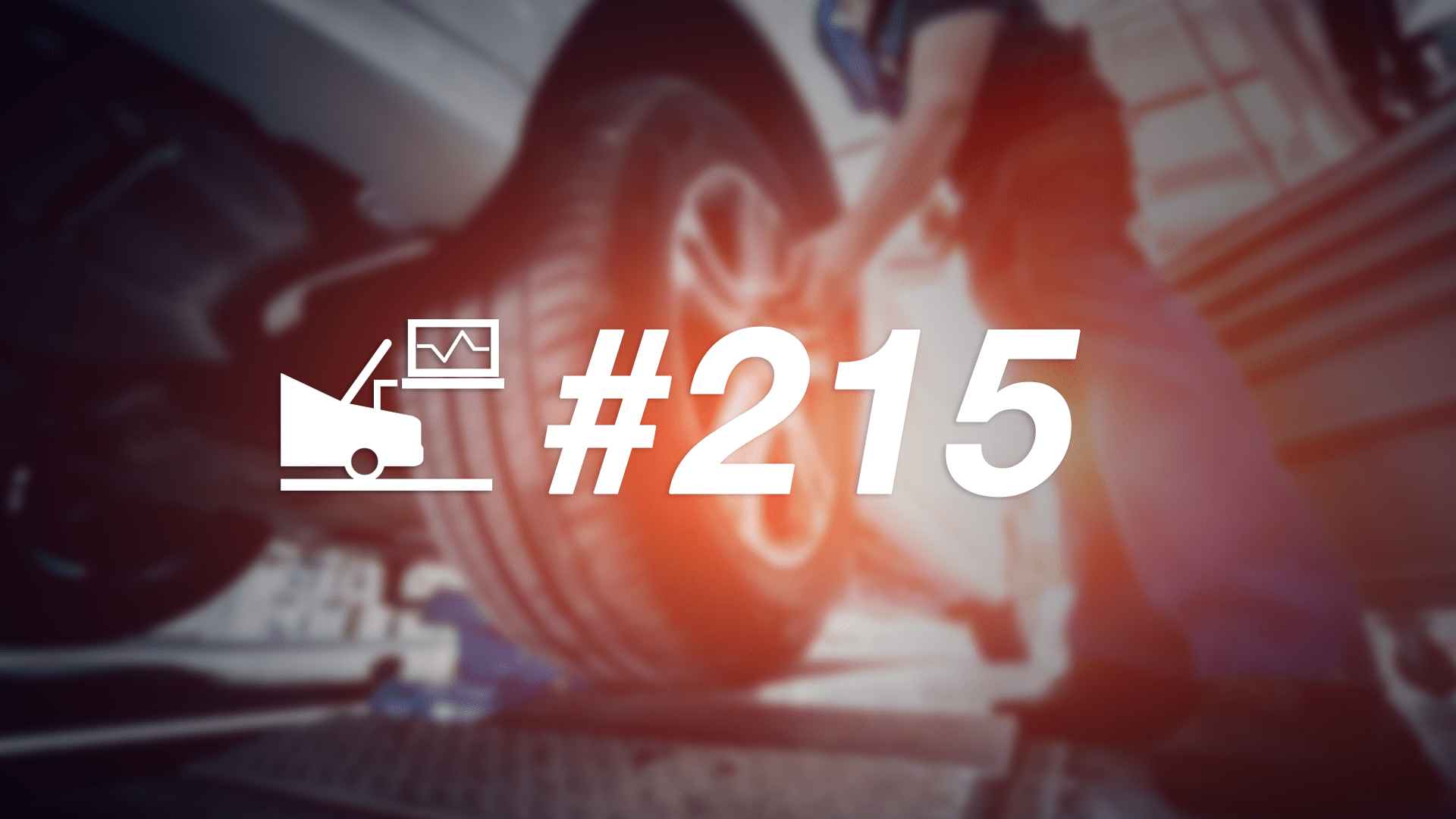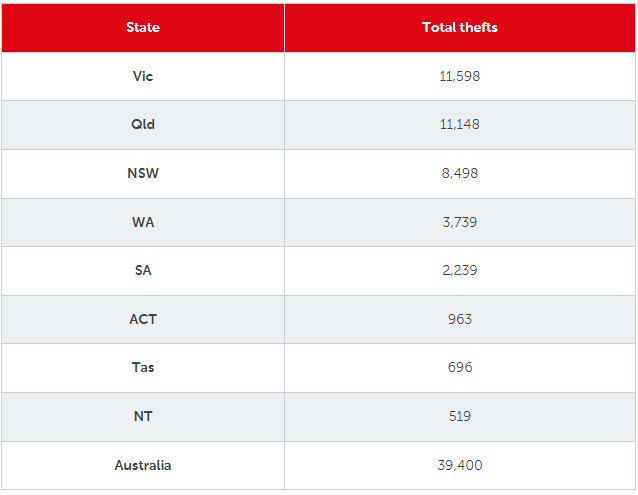AI technologies have been advancing every year in fields like robotics, machine learning, and yes – autonomous vehicles. For most consumers, the idea of self-driving cars is more of a novelty than anything else. For truckers, though, these vehicles represent a threat to their livelihoods. They want to know whether truckers eventually become obsolete, or if self-driving technology only has limited applications in the trucking industry.
Some estimates say that the next several years will see up to three million jobs eliminated in the trucking industry. This has generated a lot of uncertainty among truckers; even though trucker news sites like TruckDriverNews.com usually avoid fearmongering, other sources don’t take such a balanced view of things. However, experts say that these projections are dramatically overestimated – here are the main reasons why.
There Aren’t Even Three Million Truck Drivers Within the US
Although this might not sound very comforting, it does illustrate just how readily some sources will misinterpret information for an attention-grabbing headline. Even if the worst happens, there simply aren’t that many jobs that could be lost due to automated trucks. According to the federal Standard Occupational Classification system, the following groups make up their “Drivers/Sales Workers and Truck Drivers” category:
- Heavy and tractor-trailer truck drivers
- Light truck or delivery services drivers
- Driver/sales workers
Based on data from the Bureau of Labor Statistics, there are about 3.1 million drivers working in these three groups. So are there actually 3.1 million jobs being threatened by automated trucks? Not exactly. If you look at the SOC descriptions, the last two groups listed above hardly ever drive trucks, if at all. They also usually have local routes, not the long-haul routes generally traveled by truckers.
This means that only the first group consistently applies to truckers. It’s the only group that requires a Commercial Driver’s License, which is standard for truck drivers to have. In 2018, about 1.8 million people were employed in this group. When the numbers are adjusted to include self-employed truckers, the total rises to around 2.4 million.
However, not all of these drivers are vulnerable to replacement by automated trucks. Some sectors of the trucking industry aren’t suitable for this technology, so the estimated 2.4 million truckers aren’t all being threatened by driverless trucks. According to more balanced estimates, the actual number of trucking jobs that could eventually be replaced is around 456,000. This is still a pretty significant amount, but far less than 3 million.
Full Automation of Driverless Trucks Isn’t Ready for Widespread Rollout
Do fully automated driverless trucks exist in the real world? Yes – if you’re only talking about level 4 automation. According to standards developed by the Society of Automotive Engineers, there are five levels of automation. Level 0 is no automation, and level 5 is full automation in all driving conditions. Currently, level 5 automation isn’t being tested; level 4 is as far as things have progressed, which is only suitable for long-haul driving conditions. Level 3 automation still uses advanced self-driving technology, but it also requires a human to be present as a backup. Thanks to this factor, level 4 automation is really the only type that can be said to threaten truck drivers’ jobs.
Technically, level 5 automation has been tested in highly controlled demonstrations; however, these are far from practical tests where real-world conditions are simulated. When news articles talk about the ready availability of driverless technology, they conflate the capabilities of level 5 automation with levels 2, 3, or 4. The difference is that even though levels 2 through 4 are already on the road, they either can’t replace human drivers, or they can only replace a portion of them.
Level 4 automation does offer cost savings through reduced labor, since these trucks can be used for the interstate portions of a drive. However, local routes or short-haul journeys aren’t suitable for trucks with level 4 automation. This instantly rules out around 75% of truck drivers, leaving approximately 450,000 drivers vulnerable to losing their jobs as long-haul truckers.
When considering the eventual rollout of automated trucks, it’s also important to look at how individual sectors will be affected. For example, private carriers in transportation and warehousing, as well as for-hire carriers, have historically been the most open to adopting advanced technologies like on-board computers. This makes them more likely to switch over to self-driving trucks when they’re available. There are about 342,000 drivers in this sector, who are likely the most at risk of losing their jobs to automated vehicles.
Truck Drivers Aren’t Only Hired to Drive
Although it’s forgivable to focus only on the driving portion of a truck driver’s job, the reality is that they do a lot more than just that. They also provide customer service, coordinate pickups and deliveries, maintain logs, secure cargo, perform vehicle checks, and troubleshoot any issues that occur on the road. Many of these things aren’t even close to being automated. Even if they could be at some point, the technology simply isn’t there. For example, loading and unloading cargo could theoretically be taken care of by robotics technology, but there aren’t any solid plans to use this technology in the workplace. It isn’t even being widely tested, as there isn’t much interest in developing it.
Some of these tasks, like customer service or vehicle checks, could be performed by a customer service representative or sensors, respectively. This would make it easier to adopt driverless technology and do away with the need for human drivers. However, connecting with clients via a representative still requires a human, and any issues that were detected would also require an actual person to intervene.
The Takeaway
Based on this information, it’s clear to see that most truckers don’t have to worry about being replaced. However, this isn’t to say that the trucking industry as a whole won’t be impacted by automated trucks eventually. Even if level 5 automation is still years away from being ready, level 4 automation is already making waves. For now, the main question is just how far those waves will go.
Related
#Truckers #Phased #Driverless #Technology










